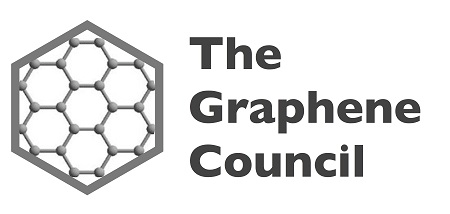
Image Credit: BONNINSTUDIO/Shutterstock.com
There is a large market for polymer films, with many millions of tons of film being produced every year. In the US alone, the market is worth around $20 billion. The industry concentrates on making polymer films LLDPE, LDPE, HDPE, PP, PET, and PVC, which can be made in numerous different ways.
Production methods include blown or cast film, as well as biaxially oriented (stretched north to south and east to west) and multilayered film extrusion, which is a commonplace method that creates films of up to seven layers. Each polymer brings different advantages to those producing film, who can optimize performance for each type based on the specific film system.
Similarly to the majority of polymer conversions, masterbatch can be let down into a compound before being converted into a film. Some of the main applications for film, such as stretch film (pallet wrap), are fairly low value, and because of this, they cannot absorb any cost increases. Conversely, shrink wrap or other food packaging or food processing applications, especially if they are multi-layered, can absorb higher costs. This is particularly true if the addition of graphene reduces the number of layers needed for a given level of performance.
Film Performance
When considering the performance of films, the most important area for functional films is barrier films, for instance, those that need to form a barrier against gas and water to prevent food from spoiling for long periods of time. Additionally, carbonated beverage bottles made from PET need to keep gas from escaping in order for the usable lifespan of the beverage to be as long as possible, particularly in hot climates. In non-food applications, such as bubble wrap, the need to prevent gas from escaping to ensure the functionality of the bubble wrap is also essential.
Pristine Graphene Properties
Pristine graphene is impermeable to gas and water, and with even helium being unable to pass through it. Several studies have shown that pristine graphene is capable of significantly enhancing polymer film barrier properties at loadings of 0.1 wt% to 1 wt%, depending on the polymer (Cui), (K. Honaker). This would make graphene commercially attractive in this high-volume market at pricing below $100/kg. However, most barrier film needs to be highly transparent with the exception of metalized film.
Film Performance in Practice
It may only be necessary to include graphene is just one of the film layers in the production of multi-layer films, which makes the relative loading and consequently the price performance of the entire film markedly better. 90 to 95% optical transparency in the film anywhere from 10 – 100 microns thick is a suitable range for a number of types of film.
If optical transparency needs to be maintained, bulk forms of graphene must be used sparingly as it is black. As a result, dispersion quality must be extremely high to achieve acceptable performance at these levels. One way of enhancing the barrier performance at low loadings is to biaxially orient the film, which can align the graphene along the plane of the film. The improvement in performance is due to the “tortuous path” the graphene forces gas and water molecules to move along as they travel through the film, consequently throttling diffusion rates through the film.
Other Film Applications for Graphene
A slight niche film application for graphene is seen in electrically conductive films for ESD/EMI packaging for sensitive electronics, which isn’t particularly reliant on the color of the films. Highly conductive films in the kiloohm.cm or lower range are costly but relatively low volume and generally depend on metalizing or the use of high quantities of carbon black, which makes the films brittle.
$10/kg of film costs with graphene at 1 wt% to 5 wt% gives a price target of $200 - $1,000/kg for the graphene. This includes processing and masterbatch production costs, which is typical for polymer applications.

This information has been sourced, reviewed and adapted from materials provided by The Graphene Council.
For more information on this source, please visit The Graphene Council.